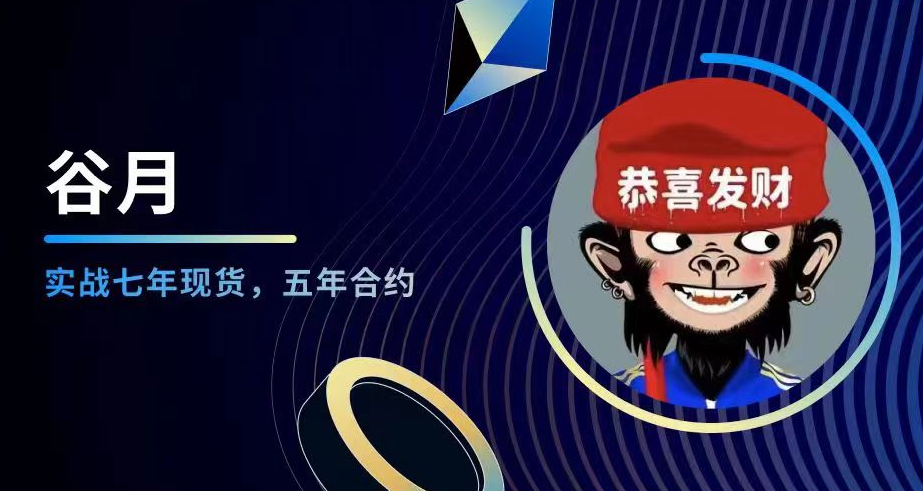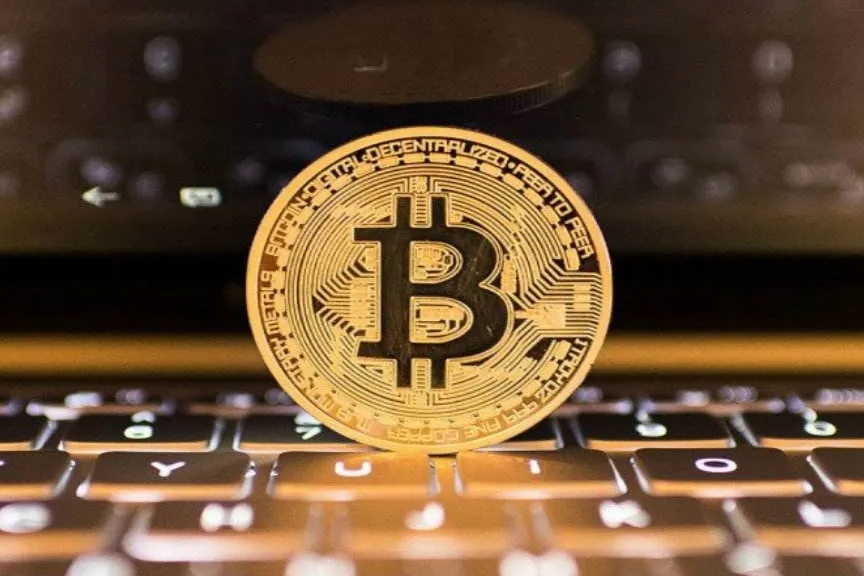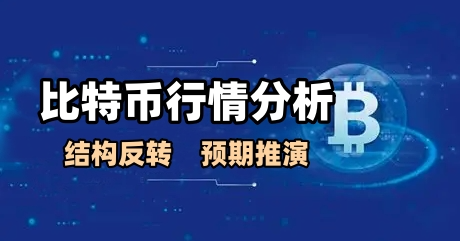作者:Daniel Li,CoinVoice
过去几年,稳定币正在悄然改变全球支付格局。到2025年10月,稳定币总市值已突破3000亿美元,年交易额高达27.6万亿美元,支付规模甚至超越了Visa和万事达卡,成为加密市场的真正“硬通货”。无论是跨境汇款、DeFi交易,还是日常小额支付,稳定币正在从幕后走向舞台中央。
但问题也随之而来。今天的主流公链——以太坊、波场——在面对大规模支付时依旧显得笨重:手续费高企、交易确认延迟,还要求用户持有额外的原生代币支付Gas。这些痛点让稳定币距离“真正普及”为日常支付工具,依旧存在鸿沟。
于是,一个新的趋势开始兴起:稳定币专用公链。它们不再满足于做“加密市场的附庸”,而是专门为支付而生,目标是像Visa一样高效,却更开放、更低成本、更全球化。
Plasma便是其中最具代表性的尝试。由硅谷风投与加密巨头联合打造,Plasma的愿景是构建一个零手续费、即时到账、比特币安全级别的支付网络。它大胆地将比特币作为结算安全层,并在底层协议中原生支持稳定币支付,力图解决传统公链在支付体验上的顽疾。
Plasma不仅仅是一条新链,更是在重构稳定币的价值链,试图颠覆链上支付的既有规则。
Plasma的分发、社区与营销:从资本背书到病毒式增长
Plasma的迅速崛起,离不开坚实的融资基础与精巧的分发策略。自2024年启动以来,团队已完成多轮融资,总额达7400万美元,估值约5亿美元。投资阵容堪称豪华,涵盖Framework Ventures、Bitfinex、Tether CEO Paolo Ardoino,以及Peter Thiel旗下的Founders Fund等顶级机构。资本不仅提供资金与信誉,更带来渠道与资源。Tether的深度参与,让Plasma天然继承了USDT的庞大生态;Bitfinex的经验,则为其在全球支付落地保驾护航。这种资本背书堪比以太坊早期的VC支持,使Plasma在主网上线前就积累了足够势能。
在分发机制上,Plasma展现了创新。其代币XPL总量固定100亿枚,初始流通量约18%,通胀率由5%逐步下降至3%,兼顾激励与可持续性。团队与早期投资者持有50%份额,但锁仓三年(含一年cliff),有效缓释抛压。不同于“撒钱式空投”,Plasma采用“预存稳定币换XPL”的模式:用户将USDT、USDC或DAI存入Ethereum上的Plasma金库,额度随时间与金额递减。该设计不仅避免了“薅羊毛”,更成功点燃市场热情。首批5亿美元额度几分钟即被抢空,后续上限也在半小时内售罄,甚至出现用户花费数万美元Gas的“抢购大战”。这种方式通过用户口碑和社交传播实现了病毒式扩散,充分体现了其“普惠”定位。
交易所合作,则成为Plasma的又一张王牌。主网上线前,便与Binance达成整合,让2.8亿用户可直接将稳定币接入Plasma上的Aave。Binance HODLer活动发放7500万XPL(占比0.75%),另有2500万XPL奖励早期质押者,人均收益高达8000美元。USDT锁仓产品更在1小时内售罄,吸引2.5亿美元资金。随后,Bitget Launchpool上线XPL,提供220万枚奖励;OKX Boost则推出1500万XPL奖励池,要求用户在X Layer上质押OKB或稳定币。这些合作带来庞大用户量,同时通过空投、积分与社群互动,提升了参与度与黏性。
在社区营销上,Plasma同样运作高效。团队活跃于X(Twitter)与中文社交媒体,并借助Odaily星球日报、BlockBeats等媒体造势。上线当天,DragonFly Capital创始人Avichal Garg公开称赞Plasma为“稳定币支付的新结算层”,迅速在社交平台引发热议。与此同时,Plasma在技术层面也快速对接生态:上线即整合Aave、Curve、Maker等百余协议,并加入Chainlink Scale计划。2025年10月3日,Plasma与Chainlink完成整合,提供oracle、CCIP和Data Streams服务,拓展跨链与支付场景;与Trust Wallet的合作,也进一步降低了全球用户的接入门槛。
资本、分发、交易所与社区的合力,直接奠定了Plasma的爆发式增长。上线首周,TVL迅速攀升至87亿美元,其中稳定币注入超过70亿美元,一举跻身DeFi前五。Pendle在Plasma上线4天就吸引3.18亿美元新流动性,展现出生态的强劲吸引力。总体而言,Plasma通过将融资、分发、交易所合作与社区营销紧密结合,不仅实现了从0到1的快速突破,也为后续的技术落地和生态扩展铺平了道路。
Plasma链的核心设计与玩法:从零摩擦支付到模块化生态
Plasma 的设计紧扣“稳定币支付”这一核心痛点,目标是让用户体验接近支付宝、微信支付等传统移动支付。其底层采用改良 HotStuff 的 PlasmaBFT 共识机制,TPS 超过 1000,交易确认时间低于 1 秒,尤其适合高频小额场景。EVM 兼容的 Rust 客户端保证了 DApp 的平滑迁移。同时,Plasma 刻意避开 NFT、Meme 币等娱乐类应用,把资源集中在支付、借贷与结算领域,定位为稳定币专属的“结算层”。
最具代表性的创新是 零手续费转账机制。系统会根据交易复杂度分级:普通一对一转账完全免费;涉及多合约调用或批量清算的复杂操作,则按资源消耗计费。为防止滥用,Plasma 引入低门槛质押或轻量验证(如邮箱/手机号),并由基金会维护的 Paymaster 统一补贴 Gas,让绝大多数场景下的转账做到“零摩擦”。此外,用户可直接用 USDT、pBTC 或 BTC 支付 Gas,无需额外持有 XPL,大幅降低了使用门槛。对新手而言,迁移更轻松;对商户而言,即时结算则意味着更高效率。
在安全性方面,Plasma 采取 比特币锚定的混合策略。通过阈值签名桥增强跨链安全,双层验证器架构将共识与转账职能隔离,并定期将状态锚定到比特币 PoW 网络,以抵御回滚风险。这种机制借助比特币的最终性为网络增加外部安全锚点,缓解了中心化侧链的信任隐忧。隐私层面,Plasma 采用“可控透明”设计:链上数据默认公开以便审计,但用户可选择隐藏地址或金额,仅在合规或授权场景下披露,在隐私与监管之间找到平衡。
Plasma 的 模块化架构 为其生态拓展奠定了基础。它与 Chainlink 深度集成,支持 Data Streams 与 CCIP,覆盖 60 余条链,实现低延迟喂价与跨链通信,为跨境支付和多链结算提供支持。在应用落地上,Plasma 特别注重 线下支付场景:已与非洲支付巨头 Yellow Card(Visa 合作伙伴,覆盖 20+ 国家)集成,并支持 BiLira 等区域稳定币,切入跨境汇款与本地结算市场。与此同时,Plasma One 作为新型 neobank 产品,面向未银行化人群提供存取、消费与理财功能,结合支付卡的 4% 返现与超 10% 年化收益,打通链上与线下渠道。
在 DeFi 生态 上,Plasma 也迅速集聚流动性。Aave 上线首日吸引超 20 亿美元 TVL,Pendle 4 天新增 3.18 亿美元流动性;Balancer 提供 Boosted 池与 StableSurge 钩子提升资本效率;Clearpool 推出收益型稳定币 cpUSD,为机构信贷赋能;Ether.fi 分配 5 亿美元 staking vault。甚至有 ZyFAI 等 AI 代理工具在 Plasma 上自动管理 86.7 万 USDT,平均 APY 高达 21.84%。通过这些整合,Plasma 不仅累积了资金流动性,还创造了多样化的玩法,用户可通过借贷、流动性挖矿和跨链操作赚取 XPL 激励。
总体来看,Plasma 的设计始终坚持 “可用性优先”。无论是分级收费、多资产 Gas、比特币锚定、可控隐私,还是模块化架构,所有创新都指向同一个目标:让稳定币支付真正“日常化”。这既是对现有公链痛点的修正,也是对新兴市场和机构需求的有力回应。
Plasma中长期挑战与前景展望:机遇与风险并存
Plasma 自主网上线以来的表现无疑令人瞩目,但在快速攀升的同时,它的未来仍充满不确定性与挑战。
在竞争格局上,稳定币专用链已呈现多点开花的态势。Circle 推出的 Arc 链专注 USDC 支付,强调极致合规:采用许可型 PoA 共识、内置 KYC/AML 机制,并以 USDC 作为 Gas 代币,让链上开销直接锚定美元成本,天然契合受监管的机构用户。Stripe 旗下的 Tempo 链则走另一条路线,强化支付生态一体化:通过 AMM 机制支持任意稳定币支付 Gas,避免过度依赖单一发行方,并借助 Visa、Shopify 等巨头资源,试图打造“用户支付—商户收款”闭环。相比之下,Plasma 更聚焦新兴市场与高频小额支付,以“零摩擦体验”吸引普通用户和 Web2 迁移群体,其定位与 Arc、Tempo 并非正面重叠。能否脱颖而出,关键在于 Plasma 能否建立起属于自己的生态护城河。
监管则是另一大考验。当前全球稳定币监管收紧,Circle 背靠美国合规优势,使 Arc 更容易融入欧美市场;Tether 则因 USDT 的美元锚定机制与信息披露问题长期处于监管争议中心。Plasma 与 Tether 的深度绑定,既能快速调动海量流动性,也将使其受到监管动态的直接影响。未来若想成为真正合规的支付基础设施,Plasma 必须在不同司法辖区中拿出更灵活的应对方案,尤其在隐私保护与审计透明之间找到平衡。
用户留存与代币激励的可持续性同样备受关注。上线当天,Plasma 就吸引了超 20 亿美元 TVL 注入 Aave 等应用,期货交易量也一度突破 6 亿美元,但热度并未维持太久,目前XPL的价格已有高峰时的1.69美元回落至0.75美元。因此,社区普遍担心,若早期激励耗尽或挖矿红利退潮,用户会否大规模流失。代币经济的释放节奏、生态应用的实际收益,以及“零费率”模式的补贴可持续性,都将直接影响 Plasma 的长期粘性。
在技术层面,Plasma 的创新同样伴随风险。免费转账模式若缺乏有效风控,可能遭遇垃圾交易攻击;对 USDT 的高度依赖带来中心化与审查隐忧;早期验证者数量有限,去中心化程度或遭质疑;而比特币桥接方案虽在设计上增强了安全性,但仍缺乏足够的时间验证。与此同时,以太坊、BSC、Solana 等老牌公链已大幅降低费用,Plasma 要说服用户迁移到一条专用链,并非易事。
总体而言,Plasma 并不是在讲述一个新的“稳定币故事”,而是在尝试重构稳定币价值链的底层逻辑:让结算更轻、更便宜、更广泛。无论是依托 Tether 的流动性优势,还是以零费率切入支付场景,Plasma 都在推动稳定币从投机工具迈向全球基础设施。竞争、监管、留存与安全仍是它必须跨越的关口,但这也正是机遇所在。如果 Plasma 能在合规框架下持续扩展应用,并在新兴市场率先建立起稳固网络,它或许真有机会在未来几年颠覆链上支付格局,成为名副其实的“数字美元结算层”。
免责声明:本文章仅代表作者个人观点,不代表本平台的立场和观点。本文章仅供信息分享,不构成对任何人的任何投资建议。用户与作者之间的任何争议,与本平台无关。如网页中刊载的文章或图片涉及侵权,请提供相关的权利证明和身份证明发送邮件到support@aicoin.com,本平台相关工作人员将会进行核查。




